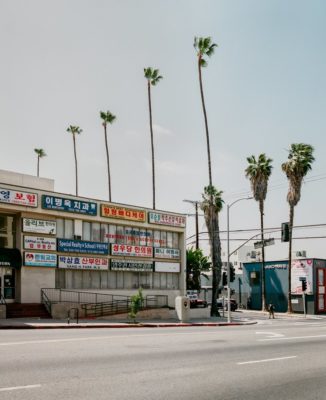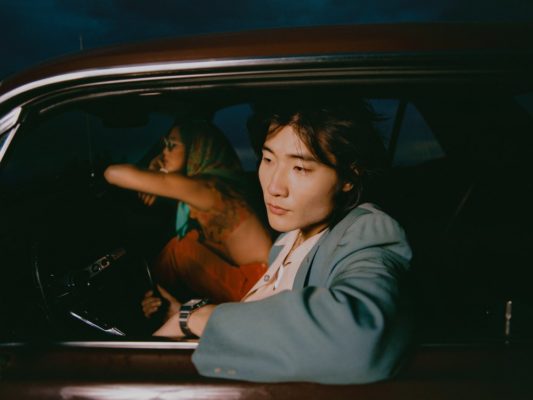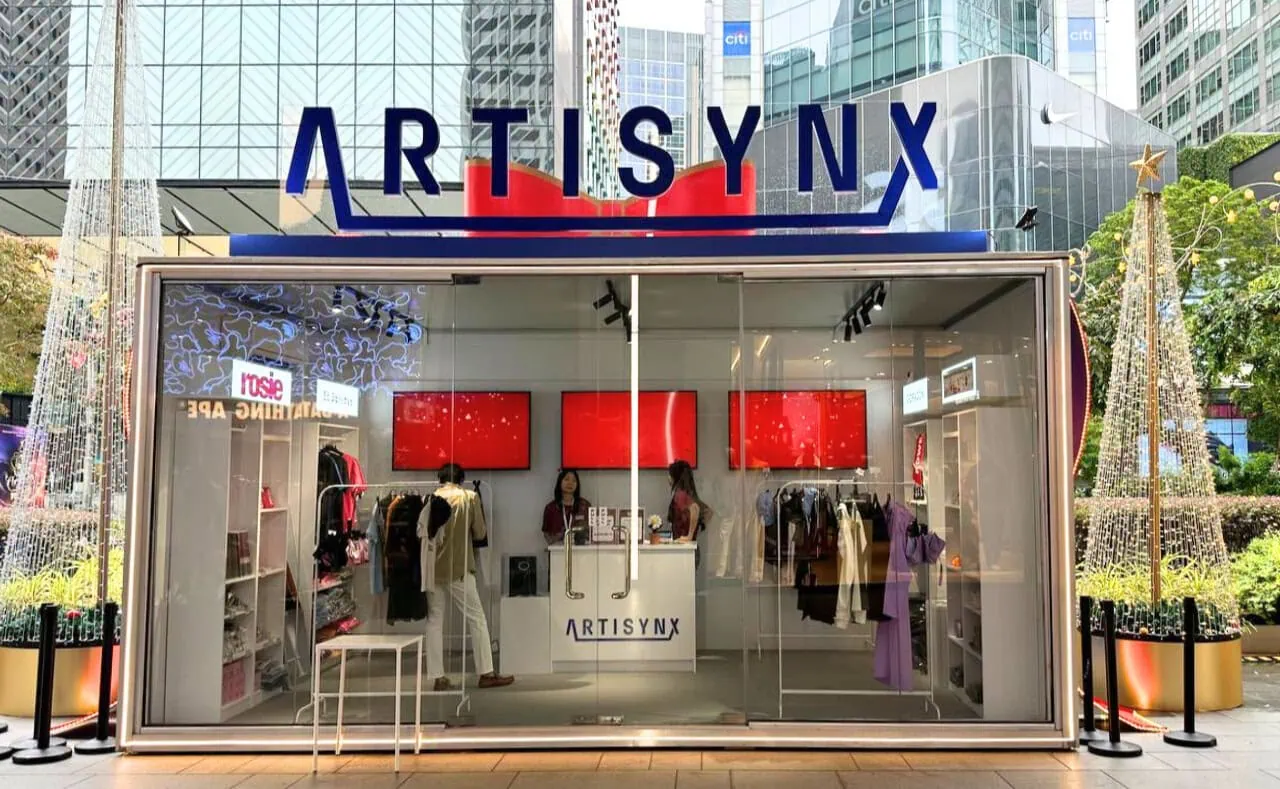Sprawled across the pages of Koreatown Dreaming are the lives of small business owners, captured and laid bare by photographer Emanuel Hahn. These are stories that focus on the history of the Korean-American immigrants that Hahn had come across during his month traversing the cultural enclave in downtown Los Angeles, most of whom are rich with tales beyond the aged signages that crown the pride and joy of their trade – the hard-earned product that comes with generations of diligent labour.
In many ways, the ethnically dense stretch, affectionately dubbed “K-Town” by locals, is a proxy of his motherland to the self-proclaimed Third Culture Kid of Korean descent. “I wouldn’t say it’s home, per se, but it is a representation of home,” he clarifies. “It is comforting to know that a place like that exists, and when I need to pick up Korean supplies or get Korean food from a grocery store, I know it’s there.”
Since his first move to the States, the notion of exploring a district of his ethnicity has been of great intrigue to Hahn, first in Manhattan and later in California, where he found a heightened sense of personal ties to his heritage. It is this heartfelt connection that gives him a leg up in illustrating the intricacies behind owners of various establishments in Koreatown, far past the must-visit tourist label of an “exotic” food haven.

Each photograph in the hardcover is a knock on a stranger’s door; a confrontation with his introversion as an individual who much prefers keeping to himself.
Nonetheless, fluency in his mother tongue eases conversations with the elder Korean folk during his quest to chronicle the legacies built painstakingly by the proprietors of these mom-and-pop stores. When asked about his approach to encouraging the more reserved of his subjects to share their stories with him, Hahn expresses that genuine interest and a spot of small talk go a long way. “One story will lead to another, once they start talking. I think I also caught them at a good time during the pandemic, it was a unique opportunity for people to pause and think about what they built.” As a result, Koreatown Dreaming evolved from a series of posts on his Instagram to a published collection of over 50 small business owners across the community.

In one of the images, Peter Song, a practitioner of traditional Chinese medicine and owner of Chinese Best Acupuncture & Herbs, stands before his apothecary chest in a full white coat. Hahn explains his use of environmental storytelling to compose his shots: “When you step into a lot of these older stores, there’s a sense of character and history.” The same concept applies across Koreatown Dreaming, with every shutter bearing a thoughtful composition.

It doesn’t take a professional photographer to gather that portraiture is his forte. His gravitation towards the genre was borne not just out of preference for its aesthetics, but as a choice mode of storytelling.
In one of his earliest forays into portrait photography, Hahn, alongside fellow photographer Andrew Kung, had focused his lens on the dwindling Chinese American society that had first taken refuge in the Mississippi Delta region in the late 1800s to run grocery stores in largely African-American communities. “The way we told the story was through portraiture and focusing on not just their faces, but these people and the environments that they lived in.” This served as a precursor to Hahn’s exploration into his creative direction that eventually led to the release of his self-published debut opus, back when the title was still clad in a burgundy case cloth that’s aptly reminiscent of a Korean high school yearbook.
I’m always thinking about how I can ensure the longevity of my images. What can I do to ensure that they possess an enduring quality that even if you looked at it, 10 years from now, it would still hold relevance and say something about our current social environment?
Emanuel Hahn
Following up on the success of Koreatown Dreaming, Hahn has ventured onto a new project, one that remains faithful in honouring and recording the Korean diaspora in the US but this time with added elements of historical mythologies and whimsy in equal parts to portray the idealistic visions of Korean expatriates who have decided to relocate in hopes of a better life.
America Fever is an ongoing stage narrative series that’s largely inspired by immigration history and the study of the term ‘America Fever’, derived from the Korean phrase ‘미국병’, which translates directly to ‘American disease’. His amalgamative interpretation is threaded along with heavy motifs of the American Dream lifted from the 70s and 80s, setting elements such as cowboy tassels, gleaming muscle cars and motorcycle gangs in the forefront of his images. A total of five scenes make up his current collection but Hahn has his sights set on 20 to begin considering the possibility of releasing another book or setting up an exhibition to showcase his works as they were meant to be viewed.

Until then, the LA-based documentarian takes things a day at a time, filling his schedule with production duties and shooting for clients, whilst managing to squeeze in time for himself and his loved ones. Above all, Hahn is constantly dreaming up new concepts for his next shoot, taking solace in the fact that he is never more than a drive away from some semblance of home, captured within the charming neighbourhood of Koreatown.
An anecdotal history of Korean immigration and a touching homage to Korean immigrant life; Koreatown Dreaming is published by Running Press, an imprint of Hachette Book Group, and is available for purchase here. All images in this article are courtesy of Emanuel Hahn.
Discover more talented creatives in our People section.







